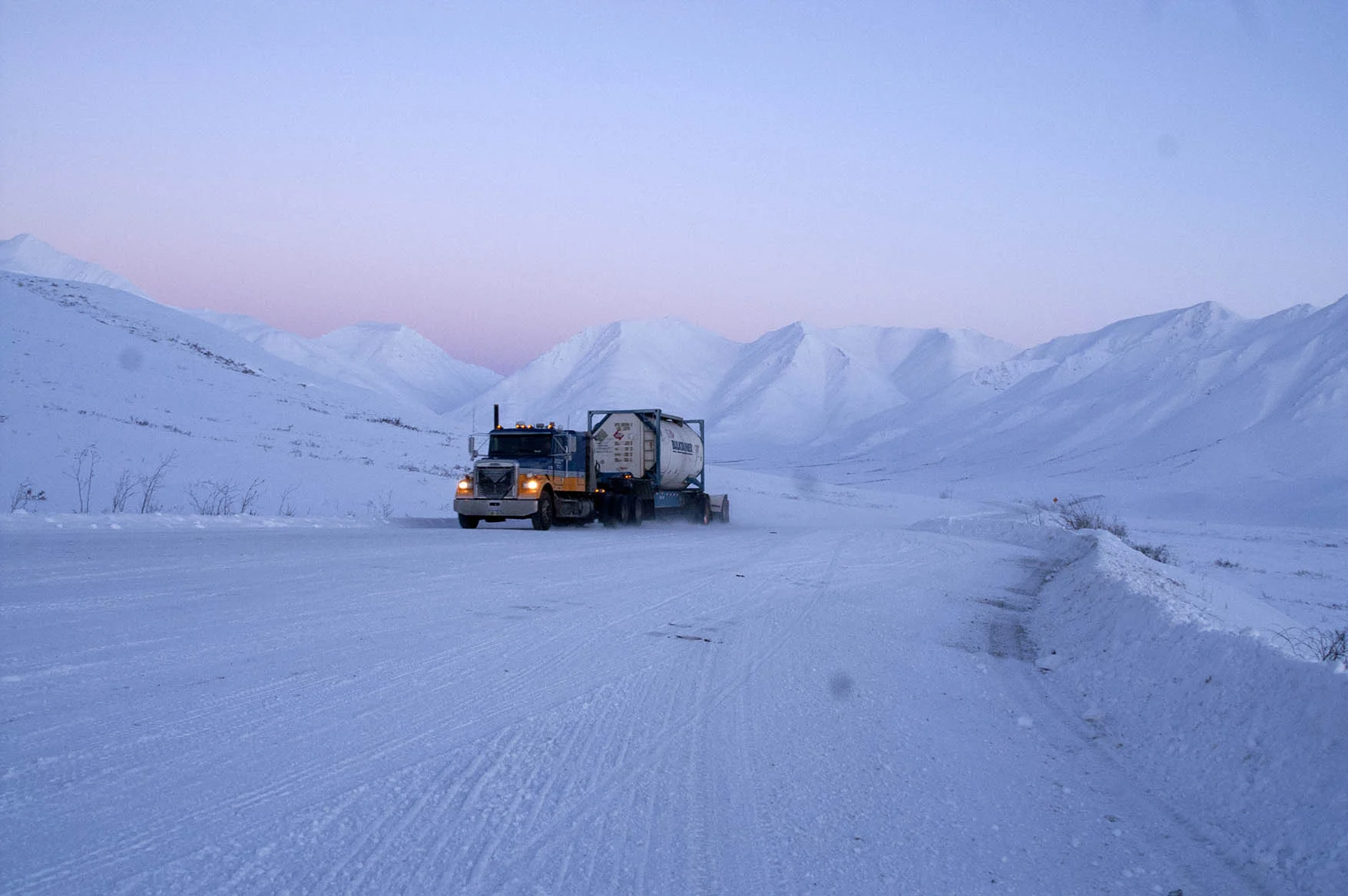our history
Coldfoot was founded in 1898 when thousands of stampeders rushed the area in search of gold. Originally called “Slate Creek,” the village's name was changed to “Coldfoot” when prospectors got “cold feet” about staying the harsh winter and retreated South.
In its heyday, Coldfoot was home to a gambling hall, two roadhouses, seven saloons, and ten “working girls” (after whom many of the local creeks are named.) After a few years, Coldfoot even got its own post office, though mail was only delivered once a month from Fort Yukon. Mail arrived by dogsled in the winter and on foot in the summer.
By 1912, the miners relocated thirteen miles north to Wiseman in search of richer grounds. Most of Coldfoot was dismantled and brought to Wiseman for building or firewood. Today, just a few cabins from the old Coldfoot remain in Wiseman.
Coldfoot boomed again in the early '70s during the construction of the Trans-Alaska Pipeline, though only briefly. (Most of the nearby pipeline camp was moved or destroyed, but you can still see some of the original shop bays used in the pipeline camp at the Coldfoot Department of Transportation location!)
A few years later, in 1981, Iditarod champion Dick Mackey set up an old school bus in Coldfoot and began selling hamburgers to truckers driving the haul road. Soon after, because they found Coldfoot to be a perfect halfway stop between Fairbanks and Prudhoe Bay, the truckers started helping with constructing a more permanent building.
Some truckers collected packing crates, previously used to haul pipeline insulation, and dropped them off to be used repurposed as building materials. Some truckers stopped to pound nails after enjoying lunch. Other truckers finished bits of construction work each time they passed through to eat dinner. The community effort continued until the building was finally finished.
As a final celebration of their accomplishment, the truckers raised the center pole—which is still on-site behind the front desk—and engraved their names for future truckers and guests to see.
To this day, the center pole does double duty: as a communications center, crowded with notes for truckers, miners and other folk in the area, and as a powerful reminder of the history and community that built the Coldfoot Camp we know today.
Banner photo by Kenji Sato.
